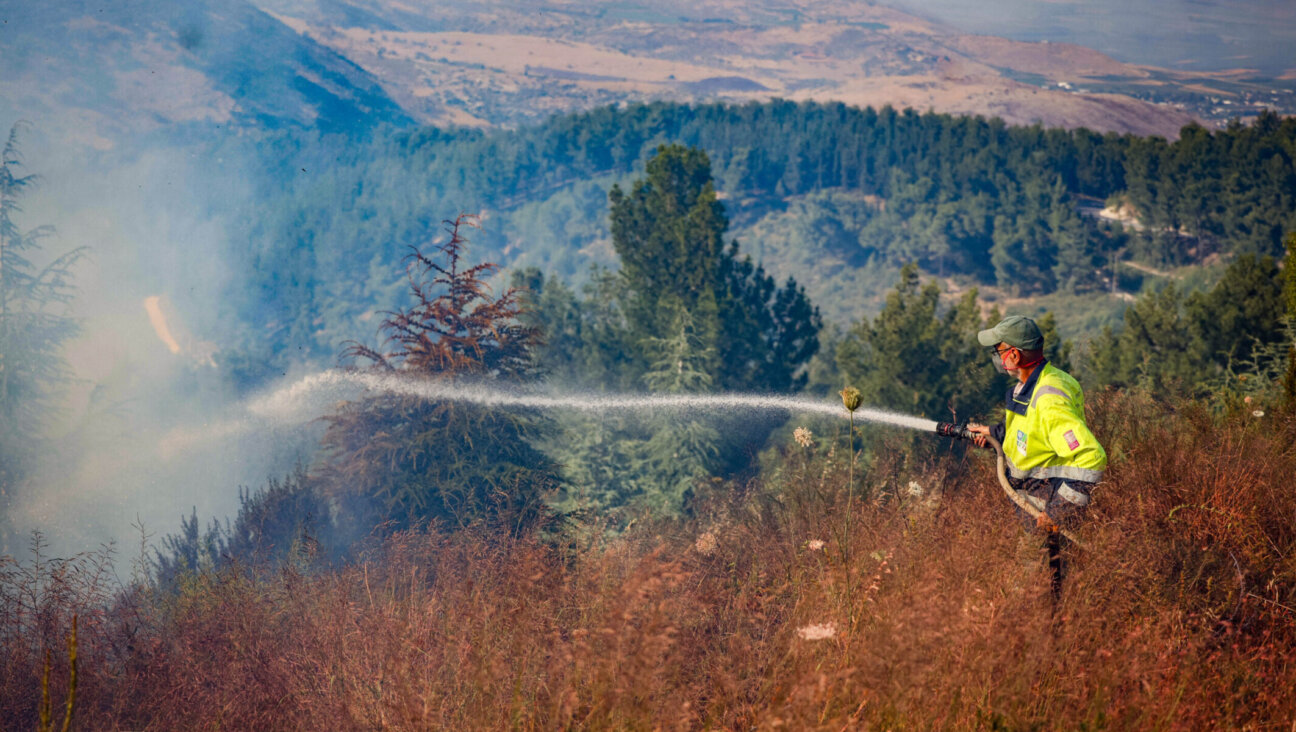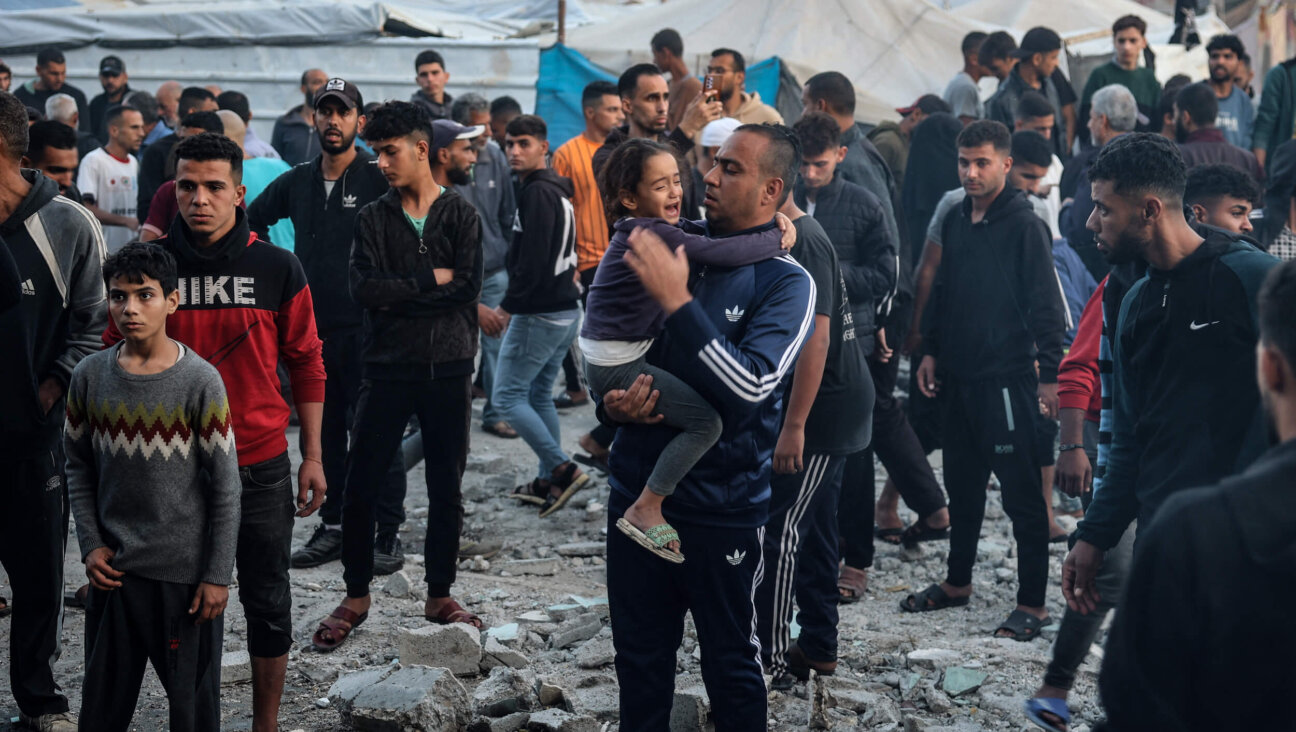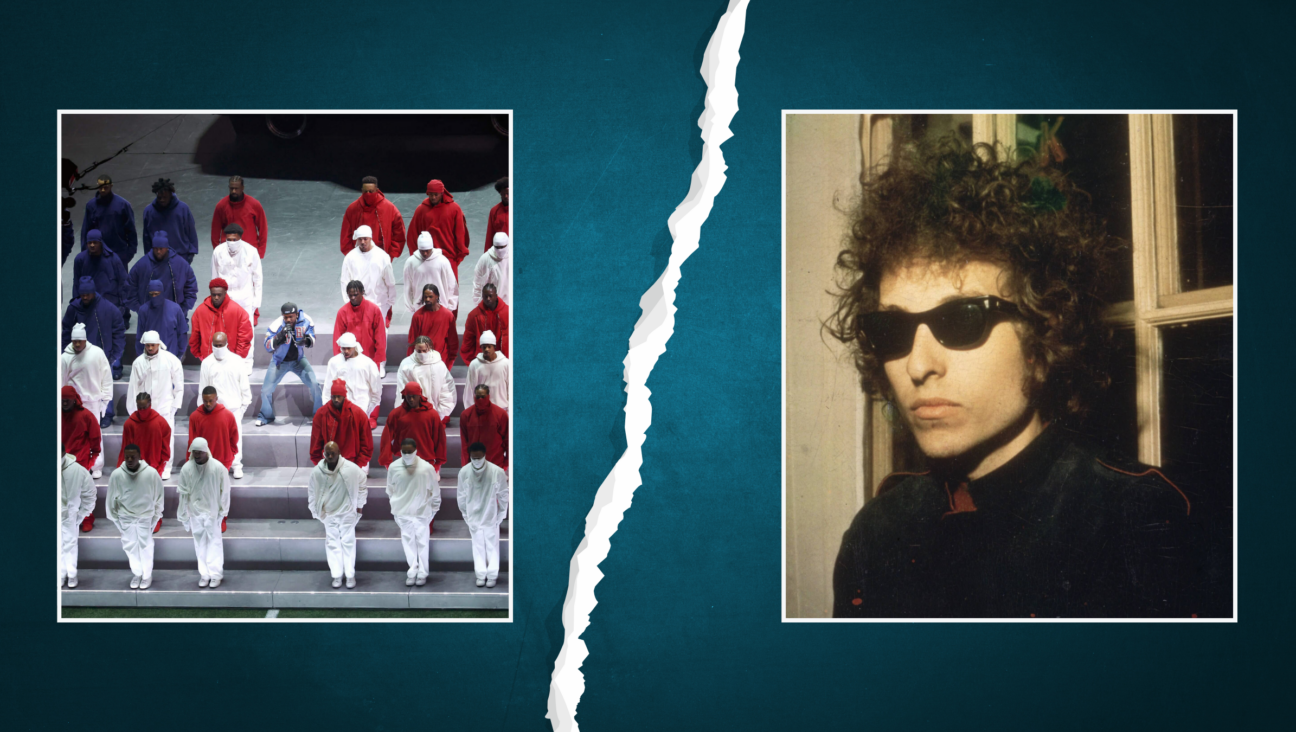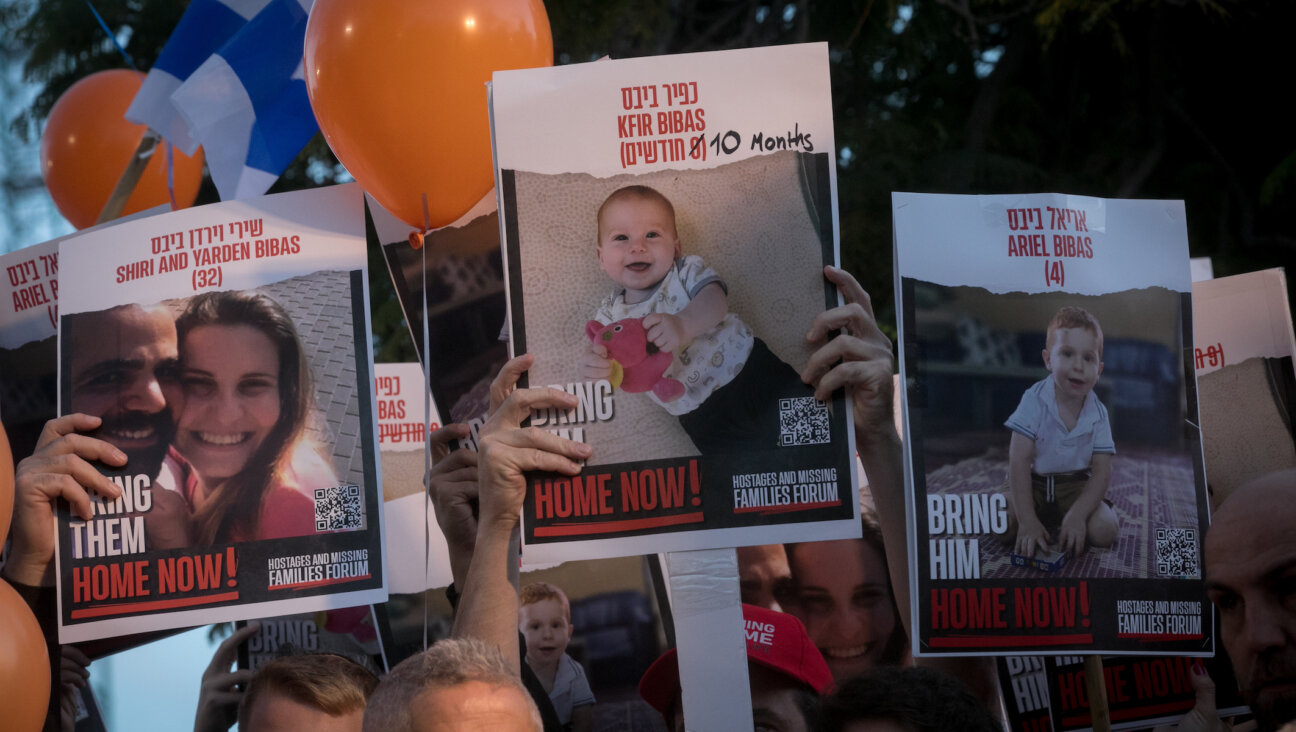Synagogue Attacks Have New Jersey on Edge
As Jews in some northern New Jersey communities made their way to synagogue last Shabbat, the scene was slightly different from the typical day of rest.
Extra police cars were on patrol near synagogues. At Bnei Yeshurun in Teaneck, a new buzzer system had been installed. And at Ahavath Torah in Englewood, a phalanx of security guards stood sentry.
The heightened caution comes after a month of increasingly worrisome attacks against synagogues in Bergen County, an affluent part of New York City’s suburbs with a sizable Jewish population.
“There was a profound sense of unease this past Shabbat in Bergen County,” Etzion Neuer, the acting regional director of the New Jersey branch of the Anti-Defamation League, said this week. “It’s largely anecdotal, but in conversations I’ve had with individuals and community leaders, there is a strong sense of unease and real anxiety over what’s happened lately.”
What’s happened is a string of attacks against Jewish institutions. The attacks began on Dec. 10, when the exterior of Temple Beth Israel in Maywood was spray-painted with swastikas and the phrase “Jews did 9/11.” Eleven days later, Temple Beth El in neighboring Hackensack was similarly defaced with graffiti.
On Jan. 3, an arsonist targeted Congregation K’Hal Adath Jeshurun in Paramus, which borders Hackensack and Maywood. And on Jan. 11, five Molotov cocktails were thrown through the window of a synagogue and rabbi’s residence in Rutherford, burning the rabbi’s hands and forcing his family to flee from the building.
“As I was trying to smother the flames on the windowsill with my blanket, I looked out and saw another incendiary on the roof,” Rabbi Nosson Schuman told JTA. “That’s when I realized it was a hate crime.”
The attacks come as another New York area neighborhood, the heavily Jewish Midwood section of Brooklyn, saw a spate of incidents in recent months, including the torching of parked vehicles, threatening phone calls and swastikas. On Monday, police arrested a New York City Jewish man suspected in those attacks, raising the specter that anti-Semitism was not the motive.
In New Jersey, no arrests have been made in the attacks, which have undermined the sense of security of one of the country’s largest and most established Jewish communities. ADL tripled its original offer for information leading to the arrest of the Rutherford perpetrator, to $7,500, after community members chipped in their own money.
“You may get leaders who are publicly putting on a bright face but are privately concerned about their communities,” Neuer said. “Anxiety is not inherently healthy, but in this particular case it is natural, and what we would like is for leaders to channel that anxiety into better security policies.”
In an effort to do that, law enforcement officials met last week with representatives of more than 80 Jewish institutions to discuss security measures for synagogues and schools. The meeting, held at the Paramus headquarters of the Jewish Federation of Northern New Jersey, reviewed current procedures and introduced new measures for tightened security around Jewish communities.
“This is a new type of training for us,” said Ruth Gafni, principal of the Solomon Schechter Day School of Bergen County. “We have lived in such a peaceful way so far and we’ve been so blessed to feel so safe and secure. This attack has changed the playing field.”
Also over the past week, more than a dozen Jewish institutions have reached out for help to the Community Security Service, a nonprofit organization that provides training and services that aim to help tighten security at Jewish facilities.
Joshua Glice, the director of synagogue and school operations for the service, told JTA that he had conducted risk assessment studies this week for rabbis at their homes.
The attack that raised special concern in New Jersey was the Rutherford incident, which was the first anti-Jewish attack to result in injury.
At 4:30 a.m. on Jan. 11, Schuman was awakened by the sound of the Molotov cocktails entering his home, which is attached to the synagogue he leads. Schuman’s wife, children and parents escaped from the fire without injury, but the rabbi endured the burns to his hands. Bergen County’s prosecutor, John Molinelli, said he will charge the perpetrator with attempted murder, according to The Record newspaper.
“Someone was clearly trying to kill me and my family,” Schuman said, “not just damage the synagogue.”
According to the ADL, New Jersey typically reports one of the higher totals for anti-Semitic incidents in the United States, owing largely to its sizable and visible Jewish population.
The ADL’s 2010 national audit of anti-Semitic incidents reported 130 incidents statewide, placing New Jersey third in the nation after California and New York. The figure was 132 the previous year. Most of the incidents in the ADL survey are acts of harassment or vandalism; only a tiny minority are acts of physical violence.
According to the New Jersey State Police, Jews are the religious group most frequently victimized by bias crimes, accounting for 34 percent of the total in 2010.
“These crimes are more serious than previous ones,” Neuer said. “Four incidents in such a short period of time in a concentrated area suggest something more significant in play here.”
Police as of Tuesday had not decided whether to treat the incidents as the work of a single perpetrator or not. A spokesman for the Hackensack police told JTA that the attack there and in Maywood are being treated as related incidents. The other two, he said, have no definitive connection.
Community leaders are more inclined to view the incidents as part of a single phenomenon, though they are hesitant to speculate on what lies behind the recent spate. Anti-Semitic incidents occasionally spike in reaction to rising tensions in the Middle East.
“I think that if there’s division amongst the Jewish people it shows weakness, and that’s when [anti-Semites] attack,” Schuman said. “We have to work on Jewish unity.”
Schuman added that the response following the attack showed that unity among all faiths is possible. At a Saturday night interfaith event organized to promote unity and support, more than 250 people of diverse religions attended.
“People have sent e-mails, gave donations and brought over food,” Schuman said. “We had a special kiddush. So many people came over with food that we had to share it with the community.”
A message from our Publisher & CEO Rachel Fishman Feddersen

I hope you appreciated this article. Before you go, I’d like to ask you to please support the Forward’s award-winning, nonprofit journalism so that we can be prepared for whatever news 2025 brings.
At a time when other newsrooms are closing or cutting back, the Forward has removed its paywall and invested additional resources to report on the ground from Israel and around the U.S. on the impact of the war, rising antisemitism and polarized discourse.
Readers like you make it all possible. Support our work by becoming a Forward Member and connect with our journalism and your community.
— Rachel Fishman Feddersen, Publisher and CEO





























